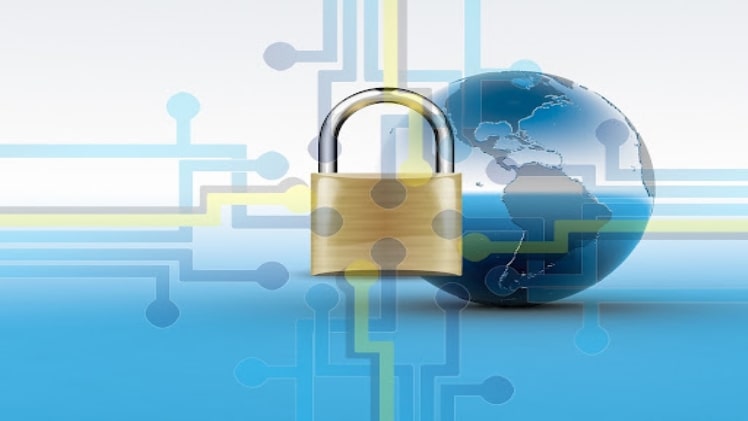Digital transformation is speeding up the introduction of people to various IT benefits. More channels are available for expressing business offers, products, and services. This transformation trend is fueled mostly by software-led capabilities.
That’s why it’s obvious that software developers are the ones who are making it all happen, and they are a big part of the focus of modern companies. But how do you give your staff space to do what they do best while offering a secure environment that doesn’t allow for hackings and data leaks?
That is why today we are talking about cybersecurity measures. Learn how to make the most of the measures in the article below.
The Importance of Evolving Cybersecurity
Information and data on computers are protected by cyber security. It protects the integrity of electronic systems on devices like computers, smartphones, servers, and networks from hostile attacks. It’s crucial to protect your data from unauthorized access, no matter who you are.
Today’s world depends on technology more than ever. The emergence and development of technology have improved human existence, but convenience has also increased the threat of cyberattacks. You are very likely to experience a cyber assault if you use a tech device for any reason. To secure yourself, you’ll require cyber security.
Cybersecurity efforts must change constantly as a result of the digital revolution. Sometimes even monthly. It calls for tactful developer execution of security starmusiq .
The great thing about well-implemented security measures is that, after a while, they can focus on other things: process improvement, making sure criteria is being met, etc.
But are security measures scalable as software development speeds up? Or at least as scalable as they should be?

How to Optimize Cybersecurity Using Reliable Measures
Different cyber security methods should be used by businesses to protect their sensitive data, capital flows, and their customer data.
Here are just some things that can be a threat to your business:
- Internet-based attacks, such as malware or spyware
- Weaknesses due to yourself or other employees, such as easily crackable passwords or lost data
- Tampering with system or software features
The following advice and technologies are simple to implement and, when used together, will provide you with a fundamental level of security against the most prevalent IT dangers.
Educating Yourself and Your Team on Cybersecurity Risks
Each staff member needs to be educated on cybersecurity and its significance in the dangerous environment we live in today.
Make sure your staff is aware of how important cybersecurity is and is aware of the elaborate programs and protocols you have in place to defend against online threats.
Implement cybersecurity awareness training programs regularly to ensure that your staff members are aware of the terms spam, phishing, logic bombs, malware, and ransomware. Encourage staff members to abide by the appropriate security regulations and to view security as a crucial aspect of their jobs.
Using Strong Passwords
A solid password policy is essential for internet security.
Here are useful tips to implement when creating a password:
- Eliminating the use of personal information
- Keeping it between 8 and 12 characters long
- Never use the same password for more than one account
- Two-factor authentication is a plus
Establish a password policy for your company to encourage your staff to adhere to security best practices. Look at other technological solutions, such as scheduled password resets, to enforce your password policy. Read the National Cyber Security Centre’s (NCSC) guide on using passwords to protect your data for comprehensive password advice, and take into account various password schemes that could improve the security of your company.
Limiting Access to Systems and Data to Authorized Personnel
Ensure that people can only access data and services for which they have been given permission. You can, for instance:
- Restrict access to unauthorized people and control physical access to computer networks
- Utilize application controls to restrict access to data or services
- Limit what can be saved to storage devices and copied from the system
- Restrict the sending and receipts of specific email attachment categories
Most of this may be accomplished with the aid of modern operating systems and network software, but you will need to manage user registration and user authentication processes, such as passwords. Also, if you have trouble implementing all of this, the use of managed service providers will help immensely.

Encrypting Data and other Prevention Methods
Once hackers have gained access to a network, mitigation and recovery can become time-consuming, expensive projects. So prevention becomes a crucial component of a security plan. The following actions are advised:
- Implementing methodologies for the encryption and transfer of information
- Strengthening the PKI for identification
- Conducting regular cyber risk assessments of the ID authority and its partners
- Conducting frequent audits of the ID authority’s infrastructure and processes by external vendors
- Conducting frequent hacking tests by proven ethical hackers and by the CERT organization to identify potential threats.
Implementing Recovery Strategies
A vital component of a cybersecurity program is to quickly recover and return to normal operational levels in the event of a compromise. To do this, it is advised that you:
- Create a business continuity plan that takes the ID ecosystem’s business operations into account
- Test and exercise that plan
- Create a disaster recovery plan that considers the ID system’s infrastructure operations, including redundancy
- Build related capacity
Final Word
In the end, strategic measures enable both business risk decision-making and security process automation. It offers security a significant position in a company undergoing digital transformation and allows them to keep up with change’s pace without getting in the way.

